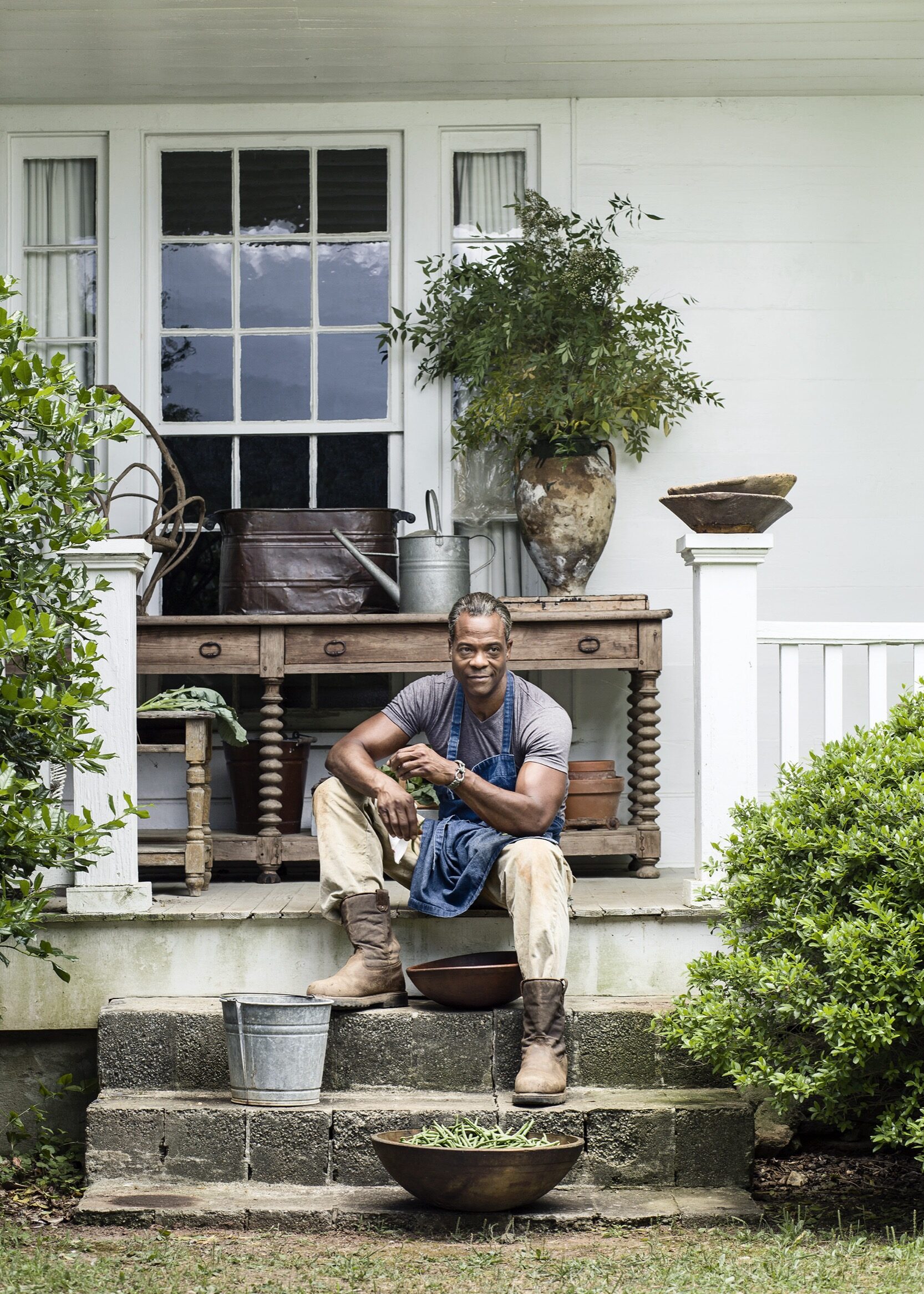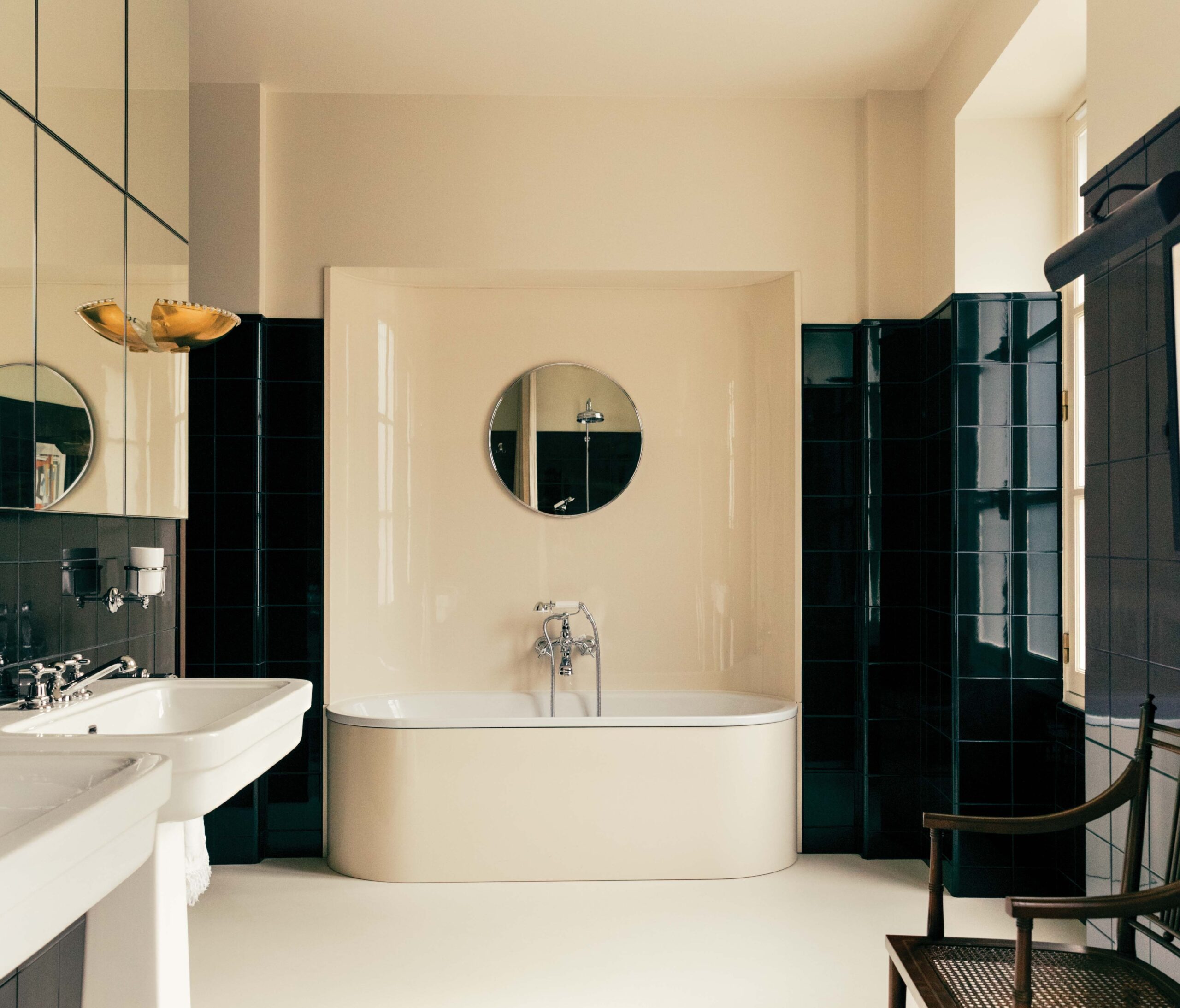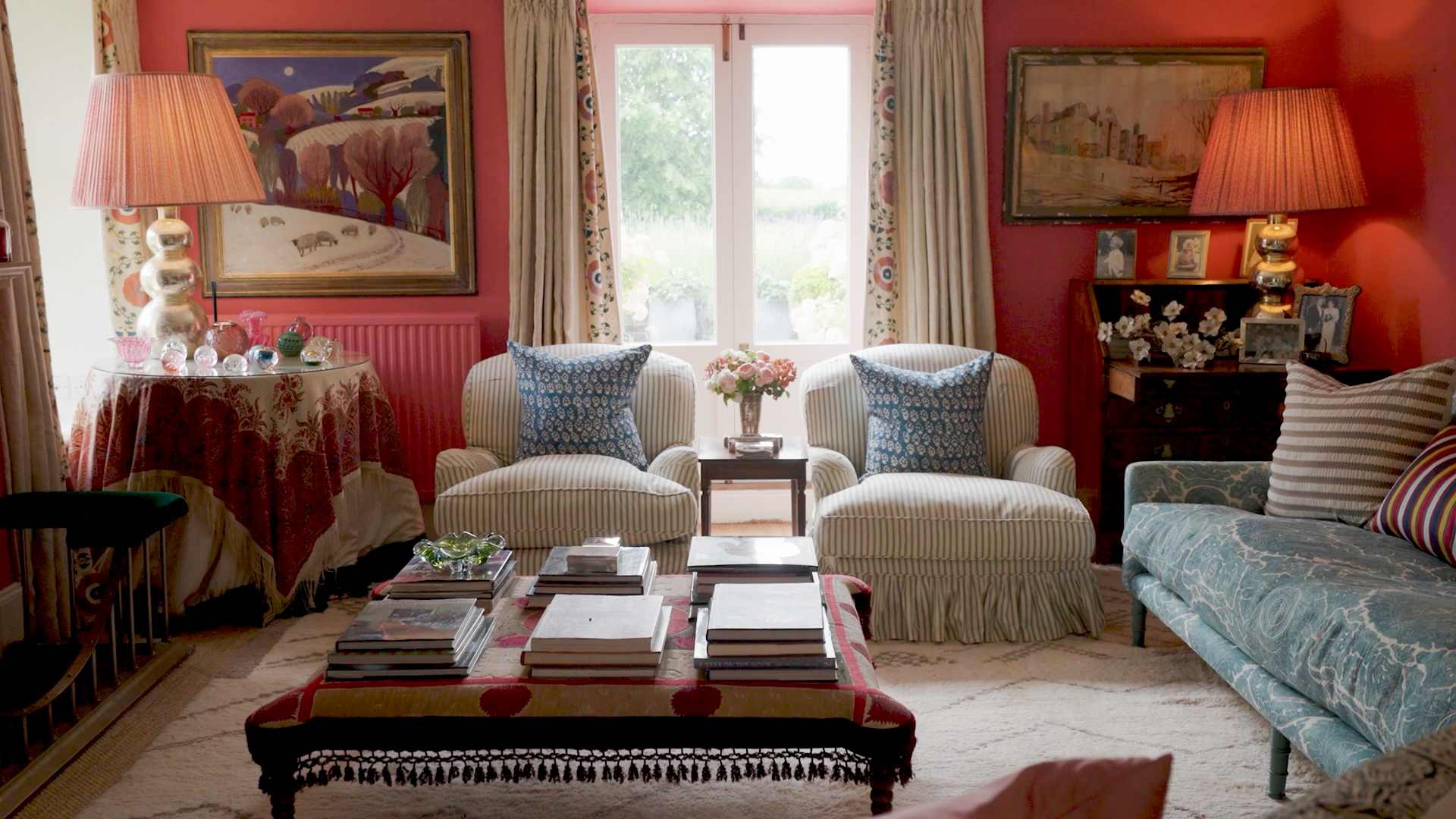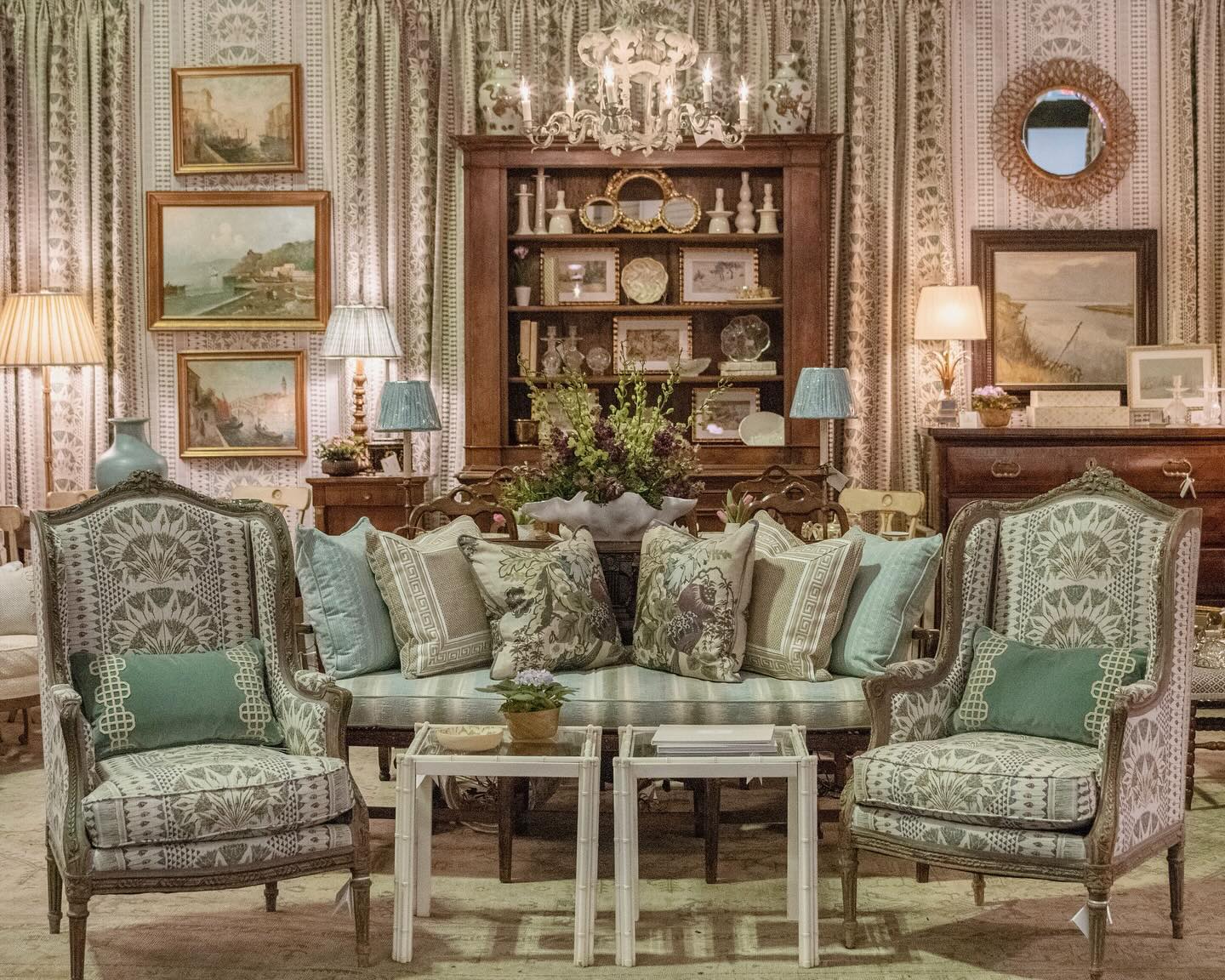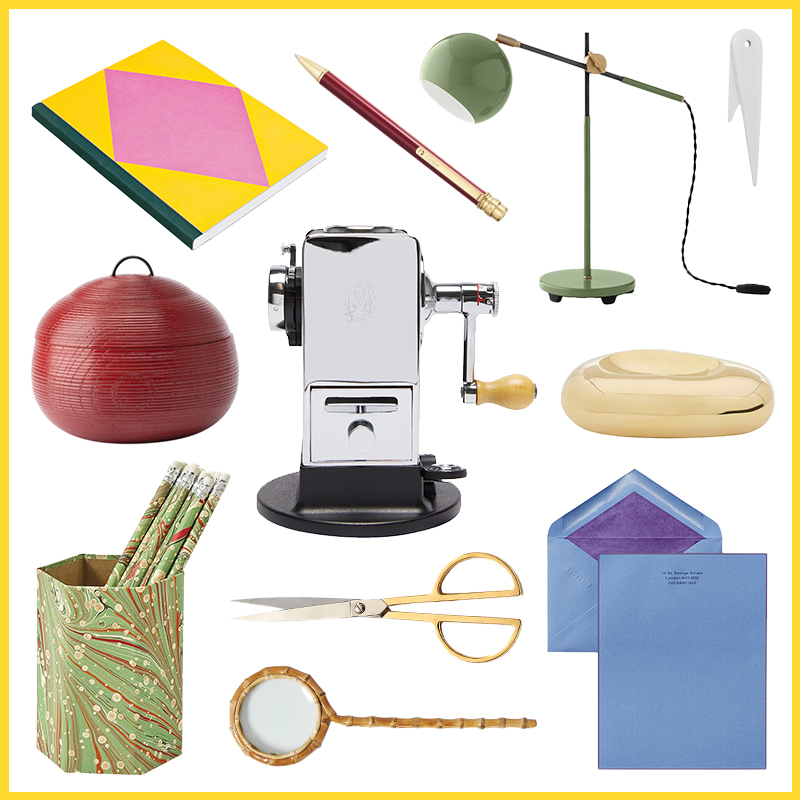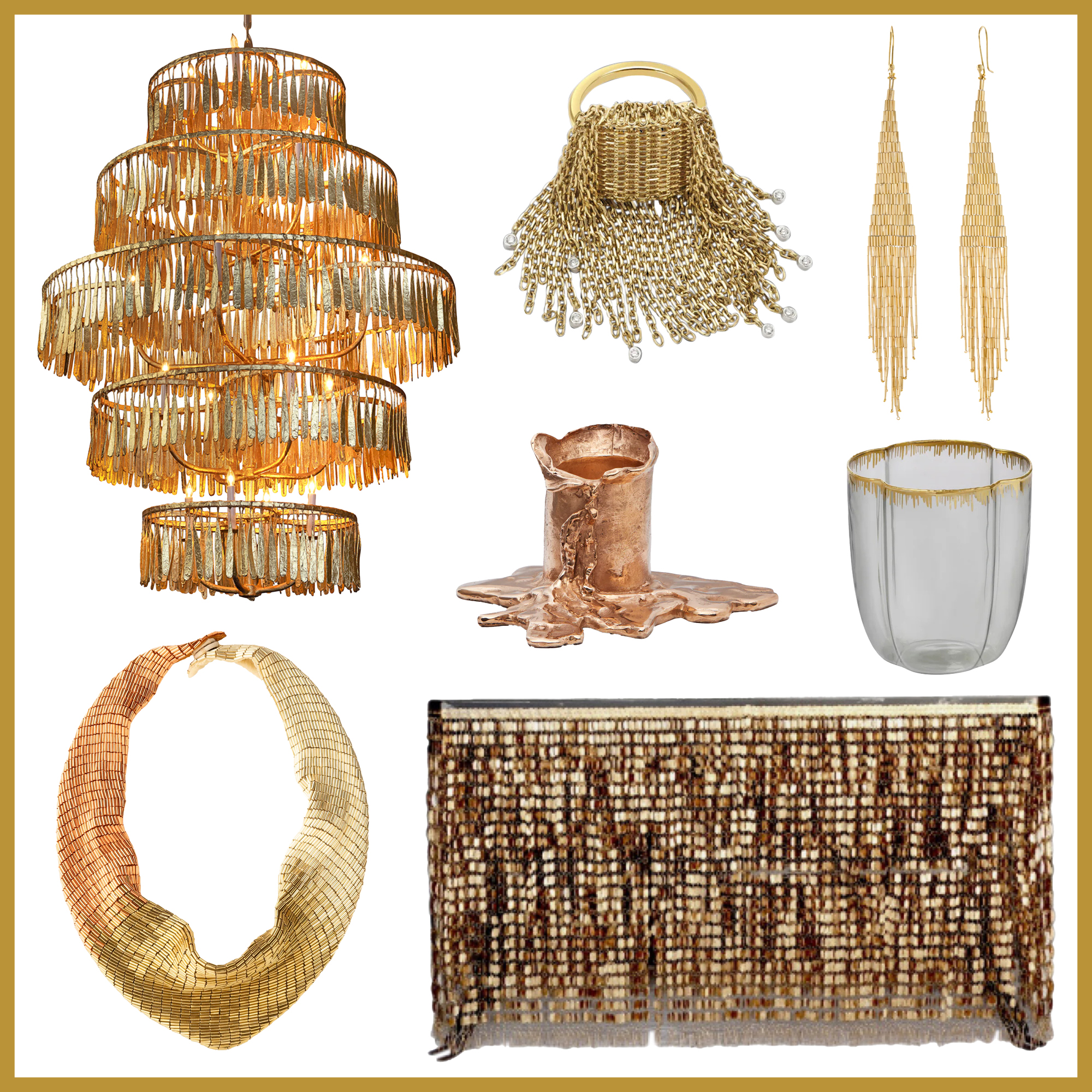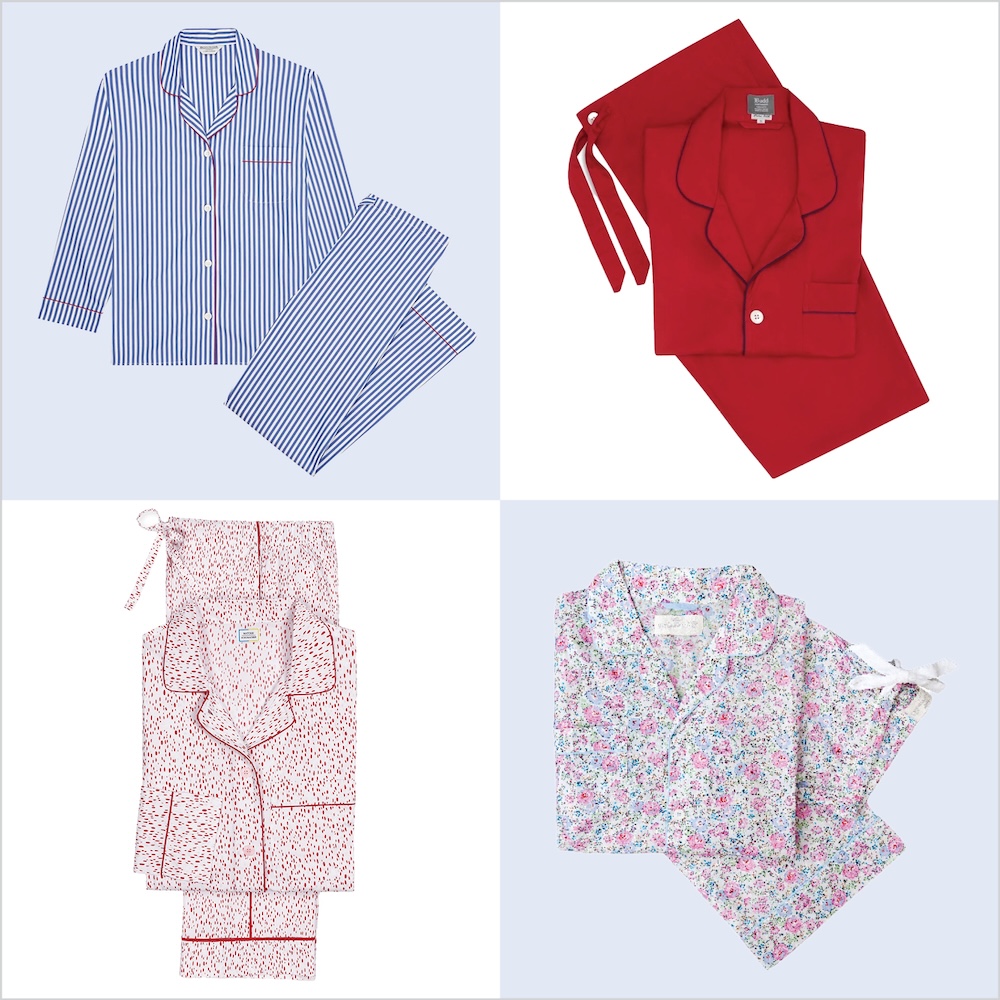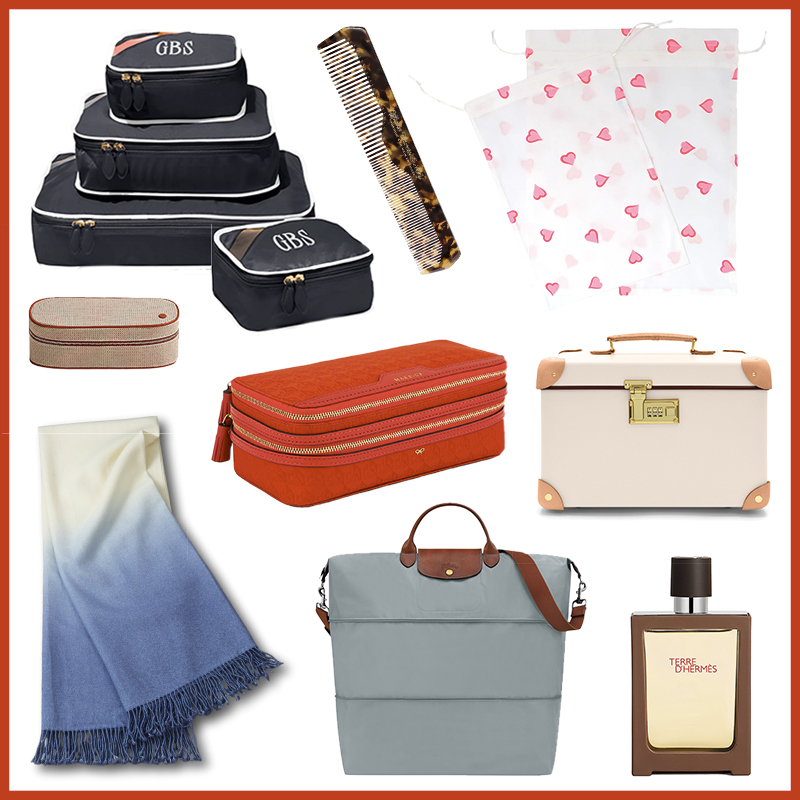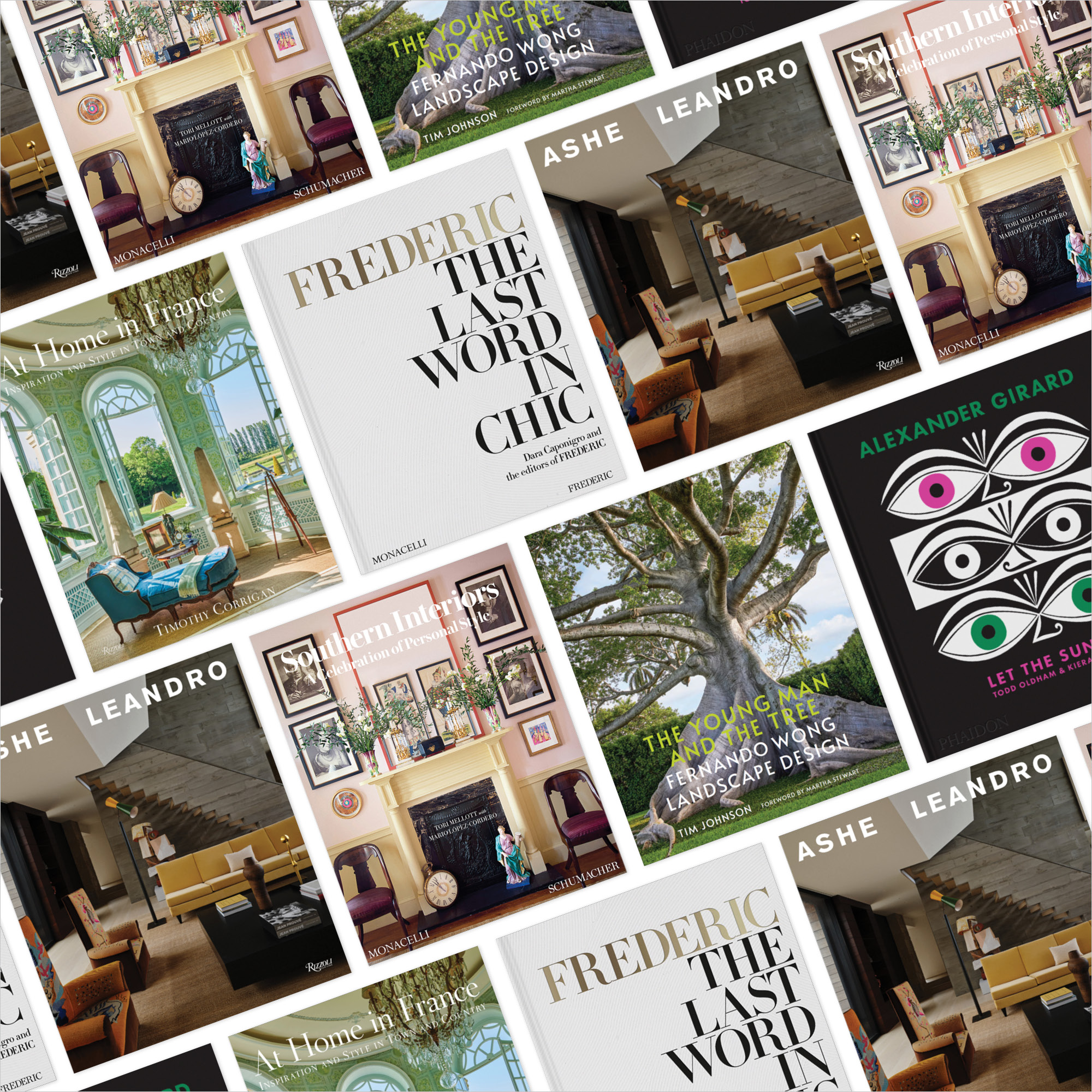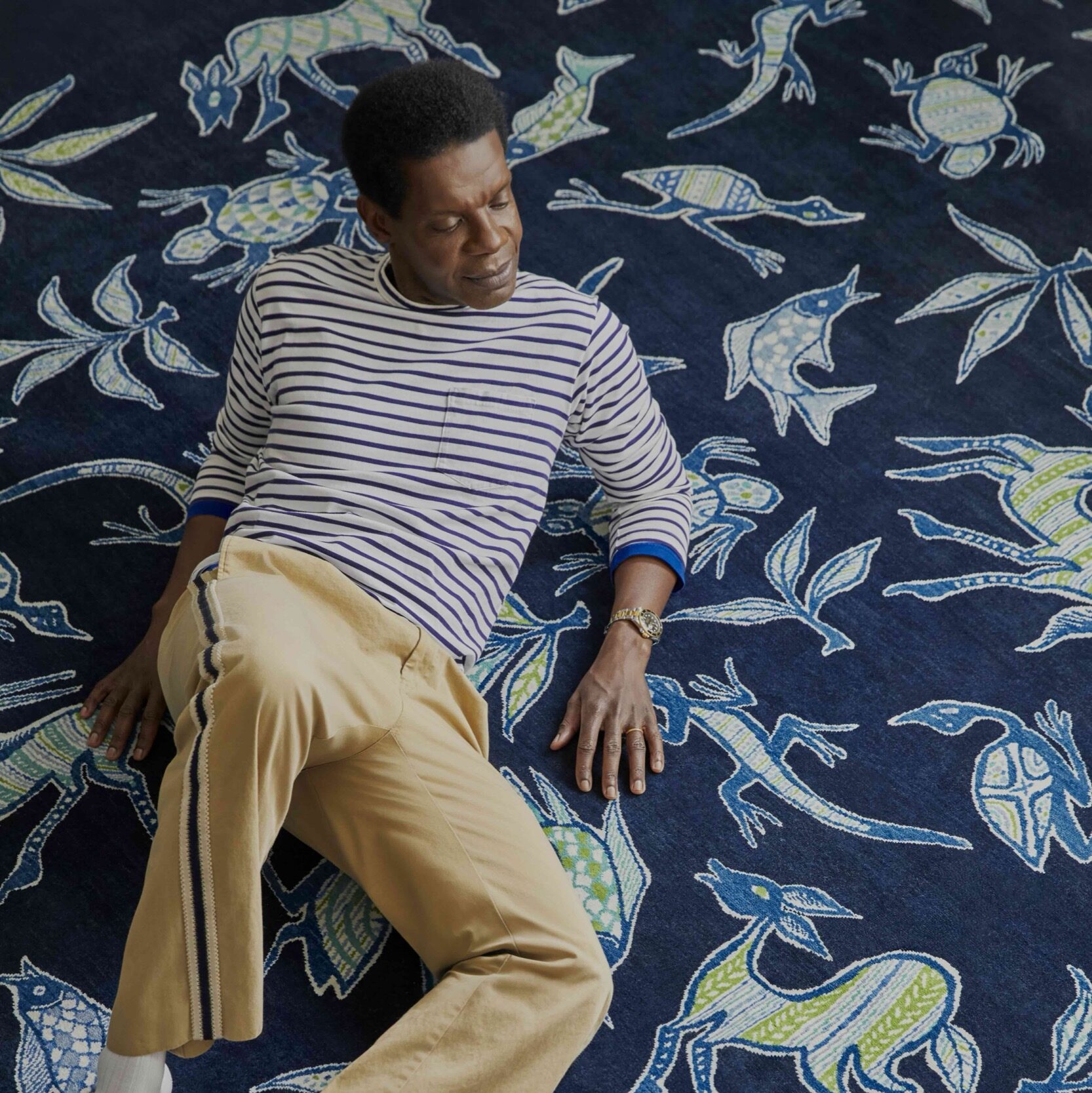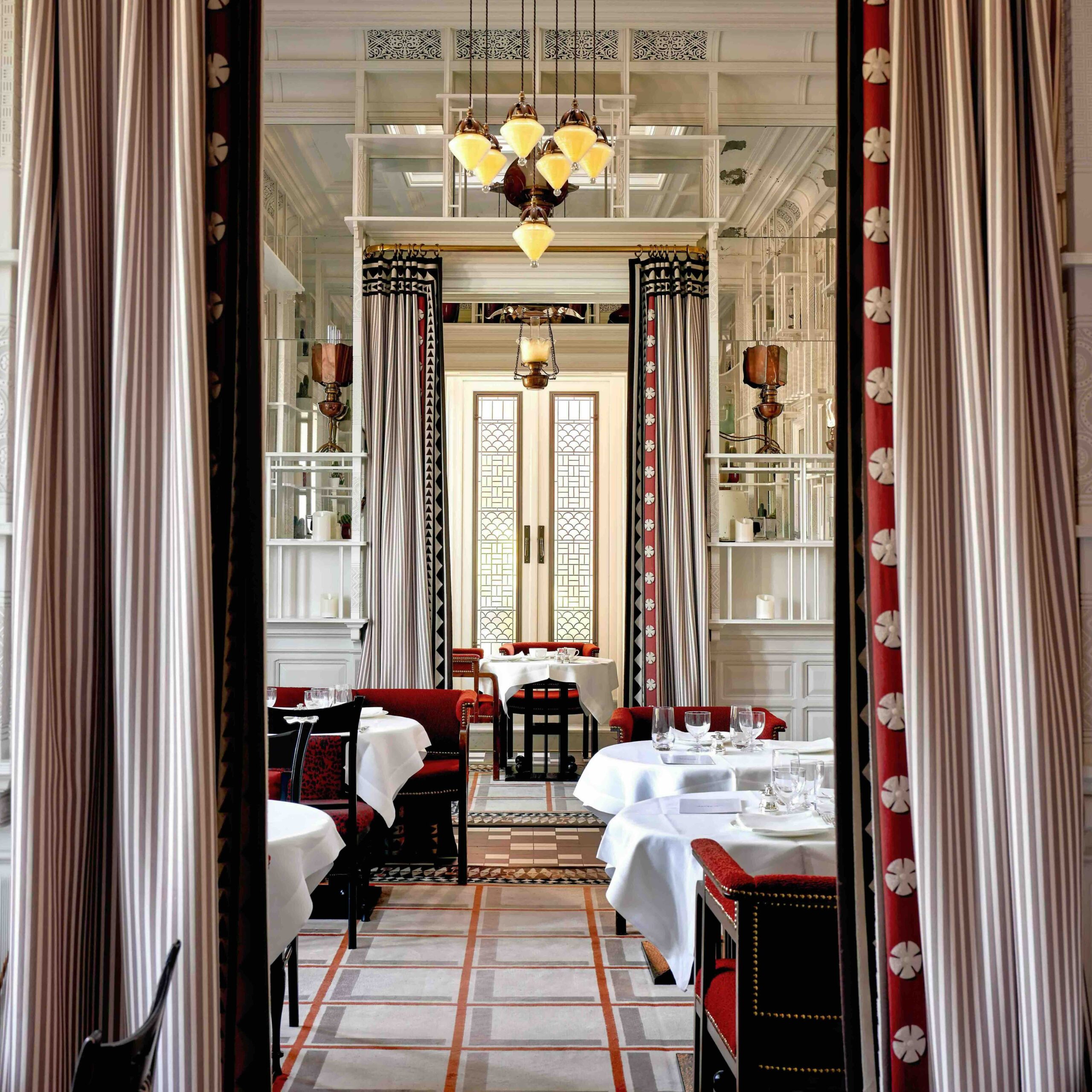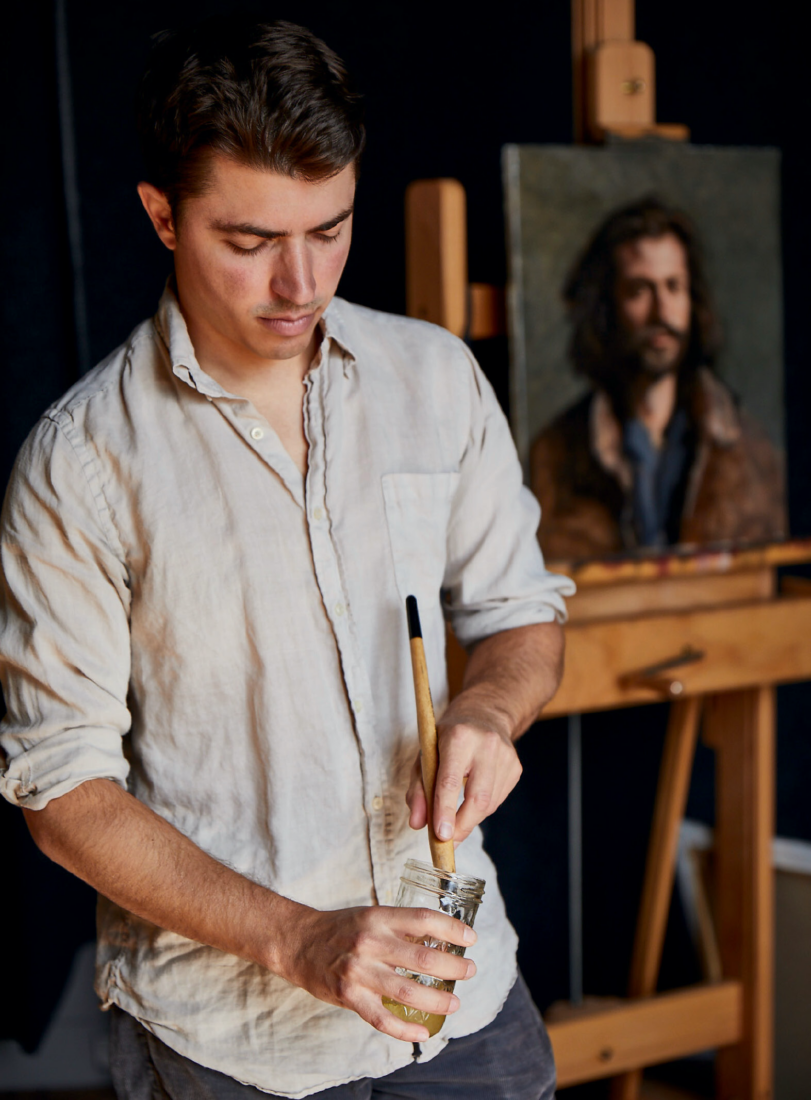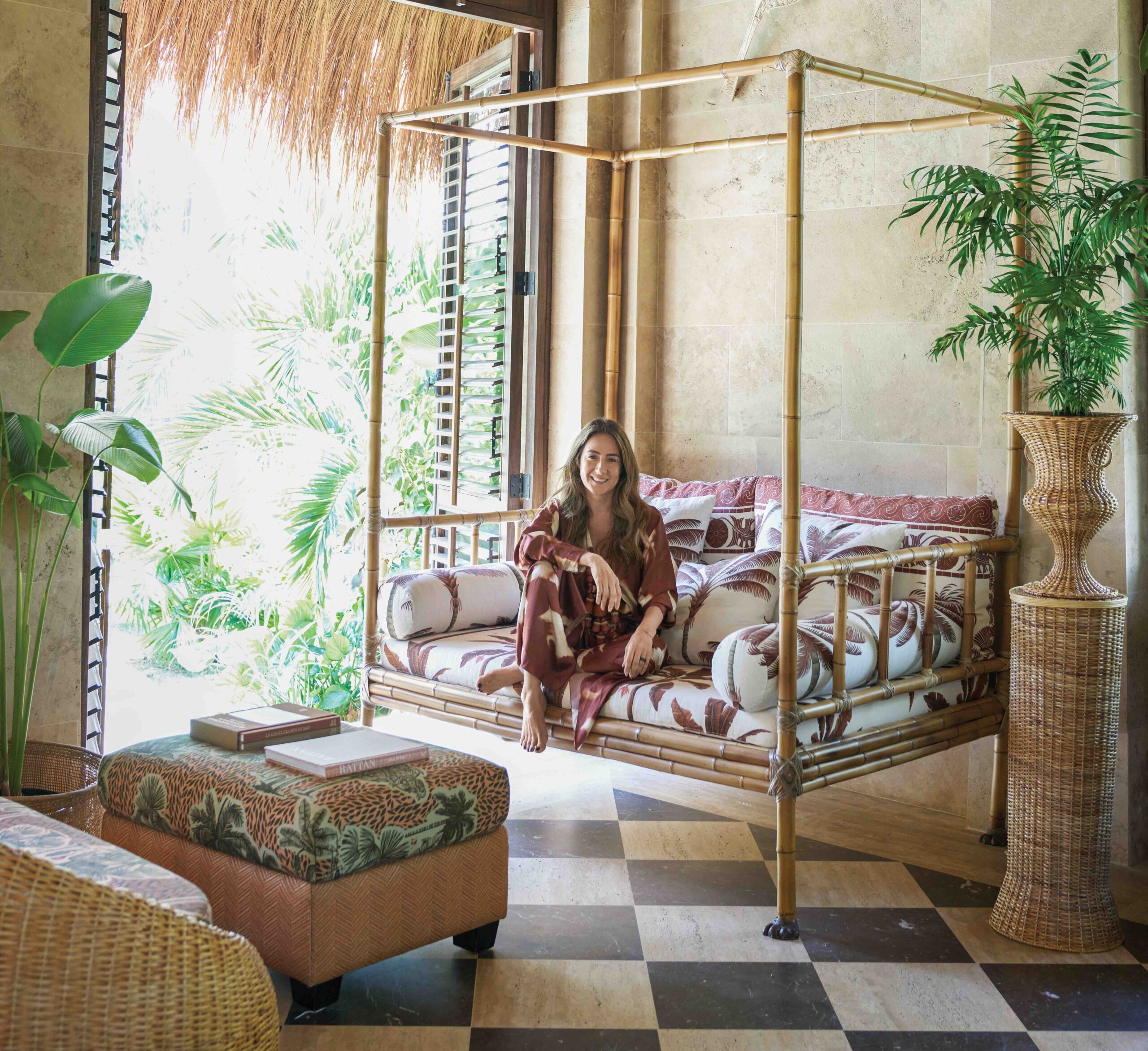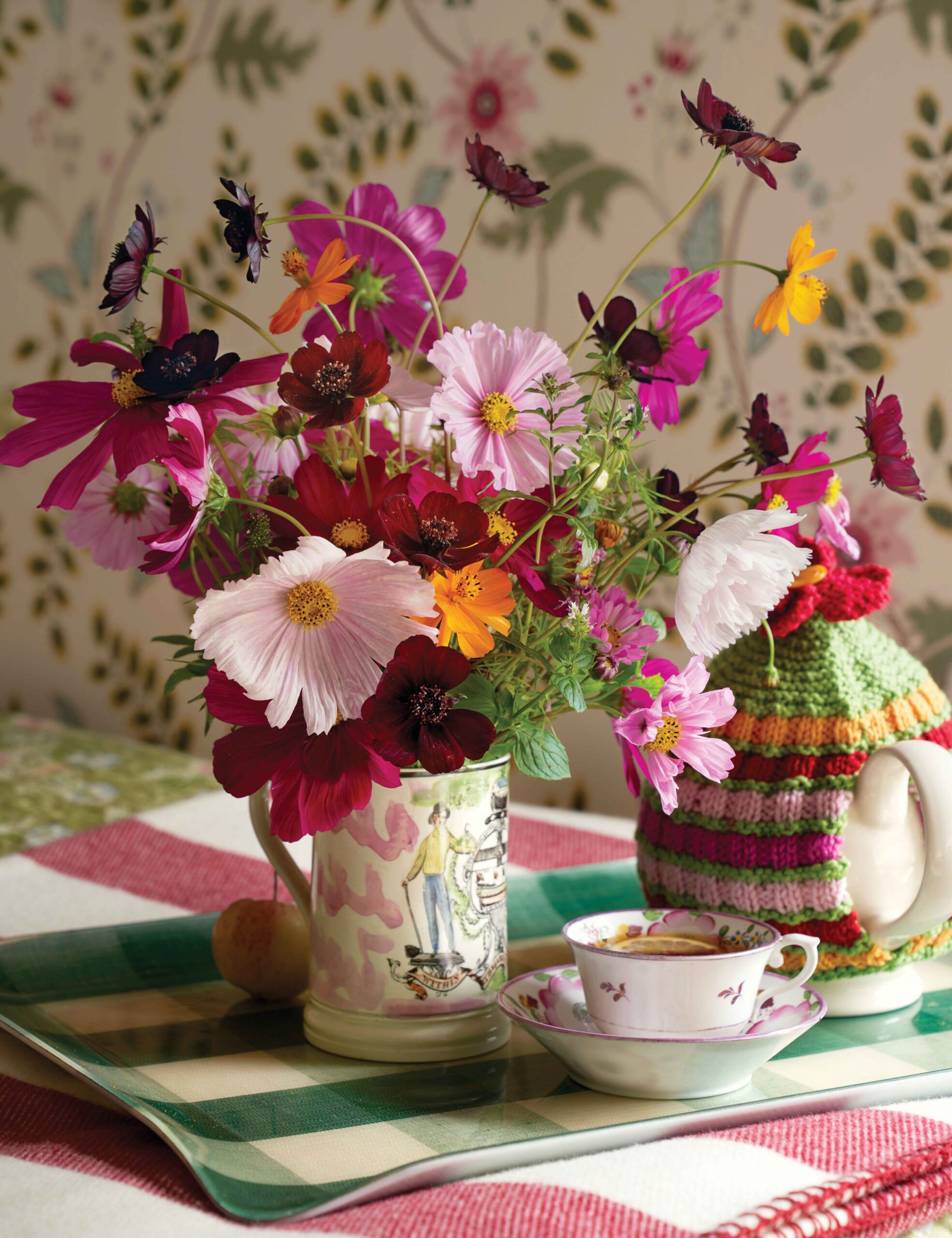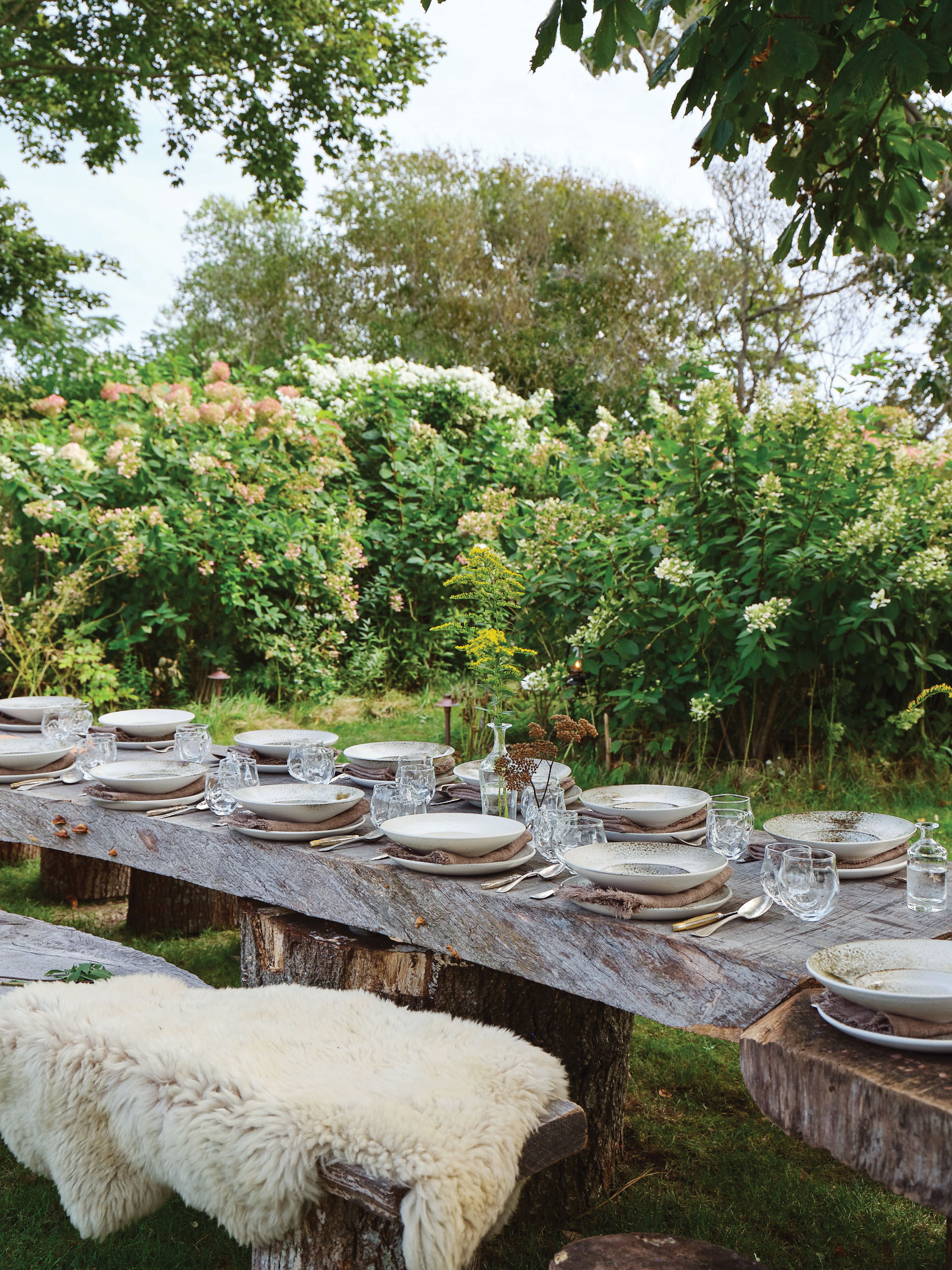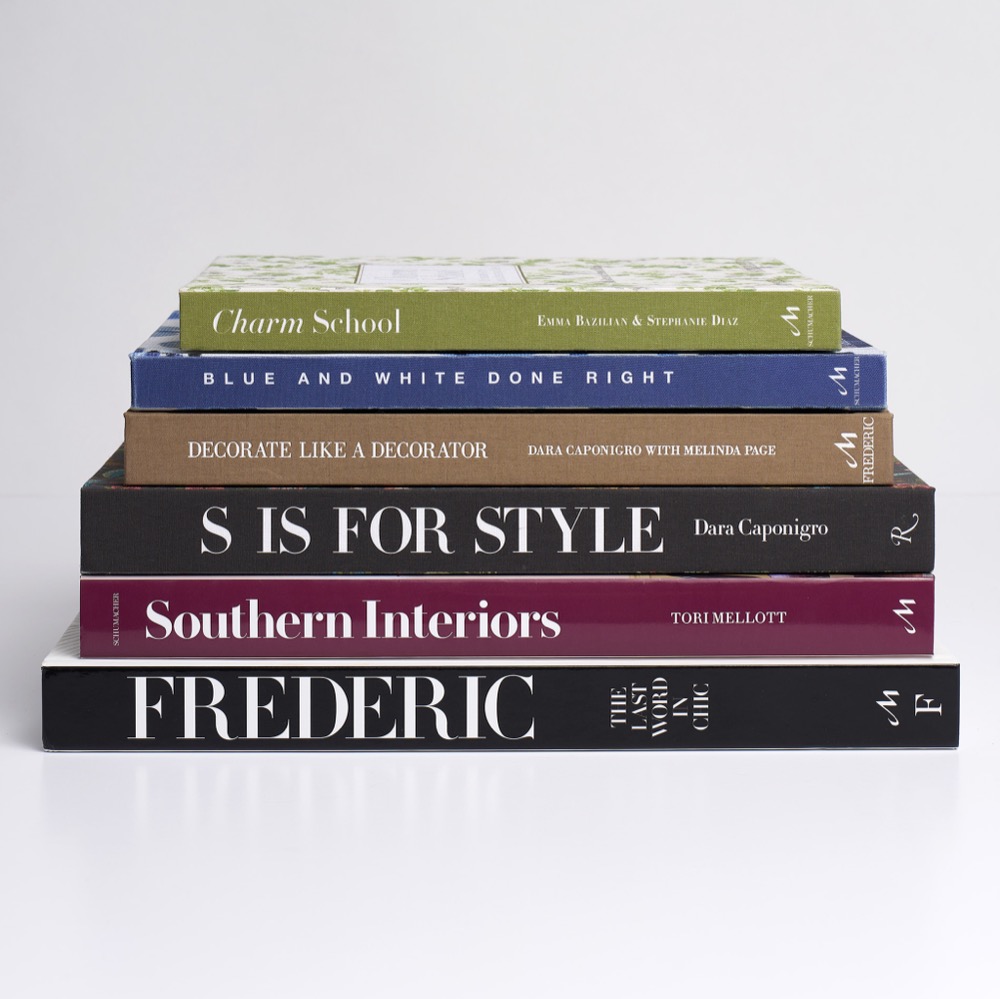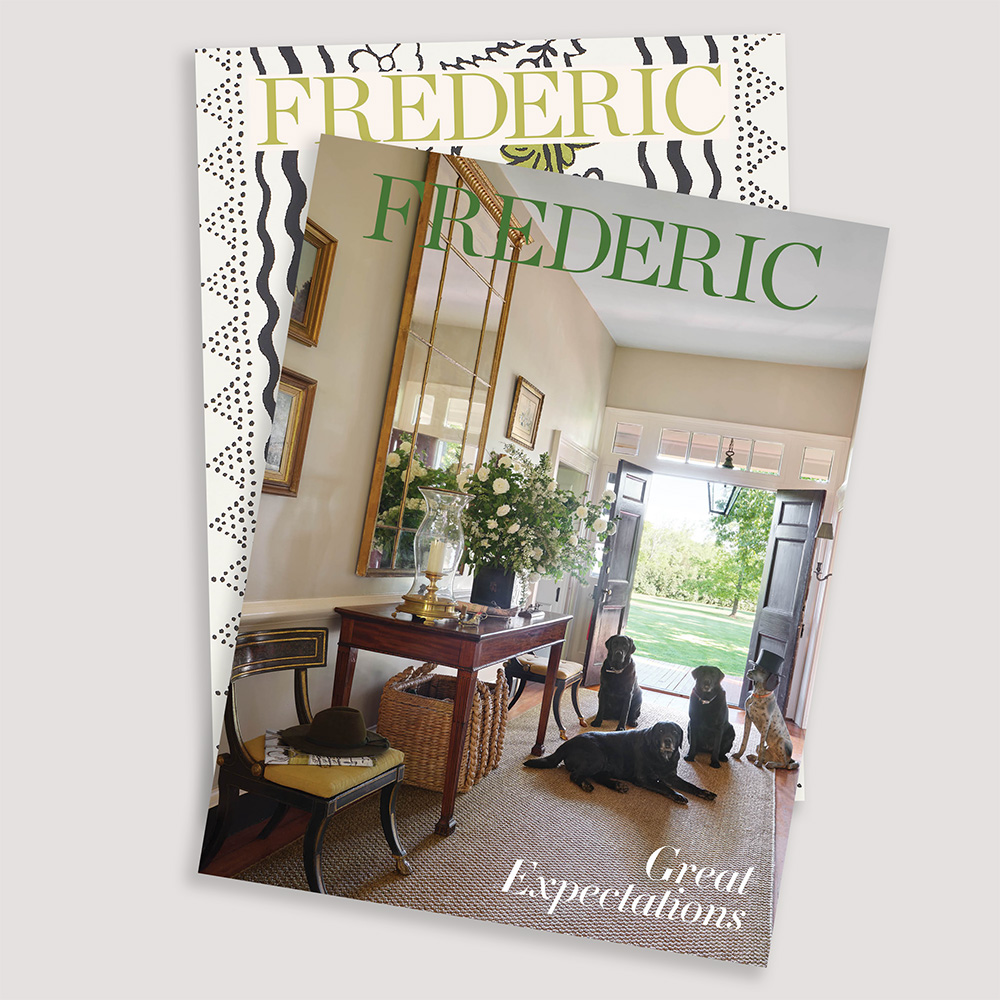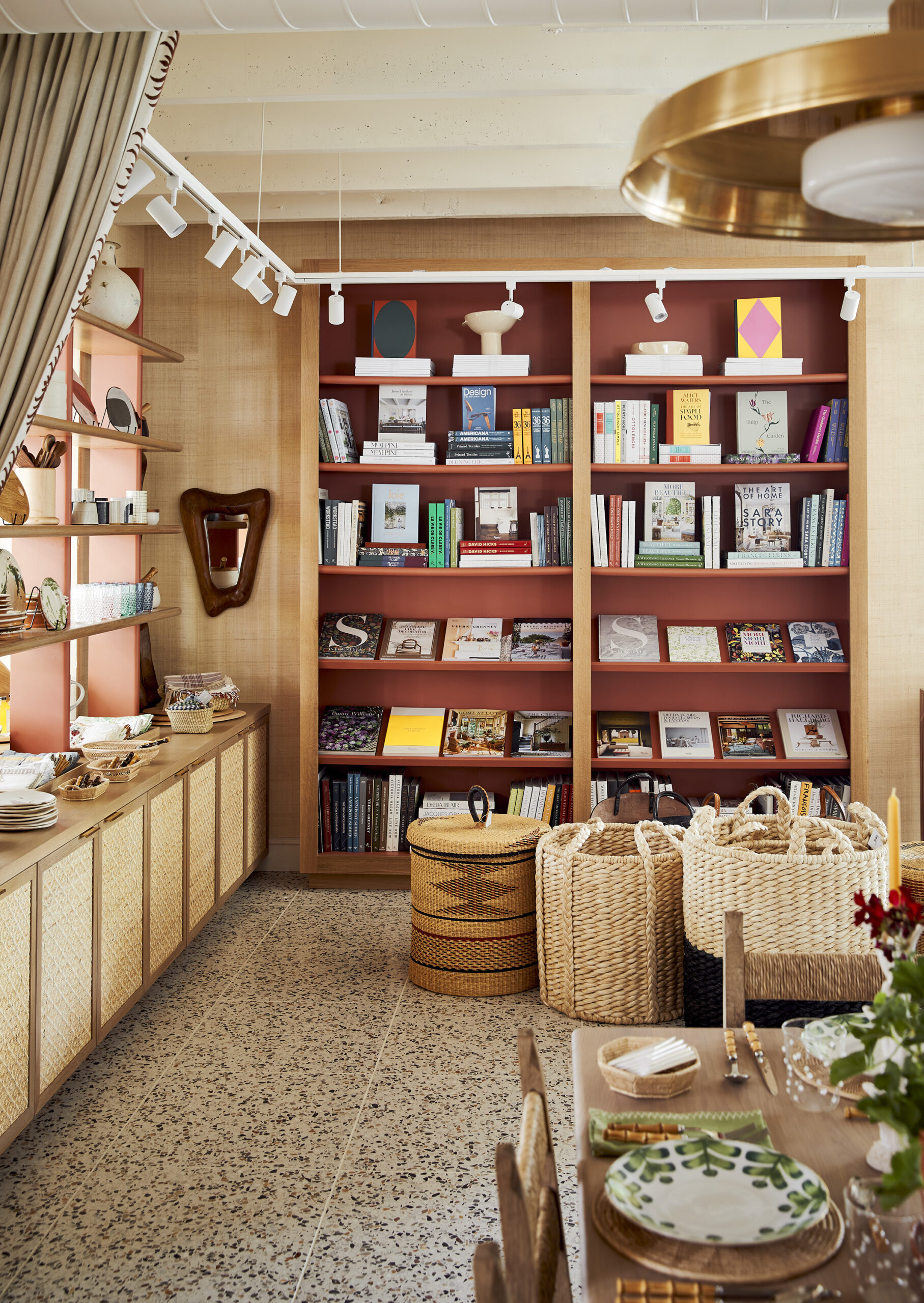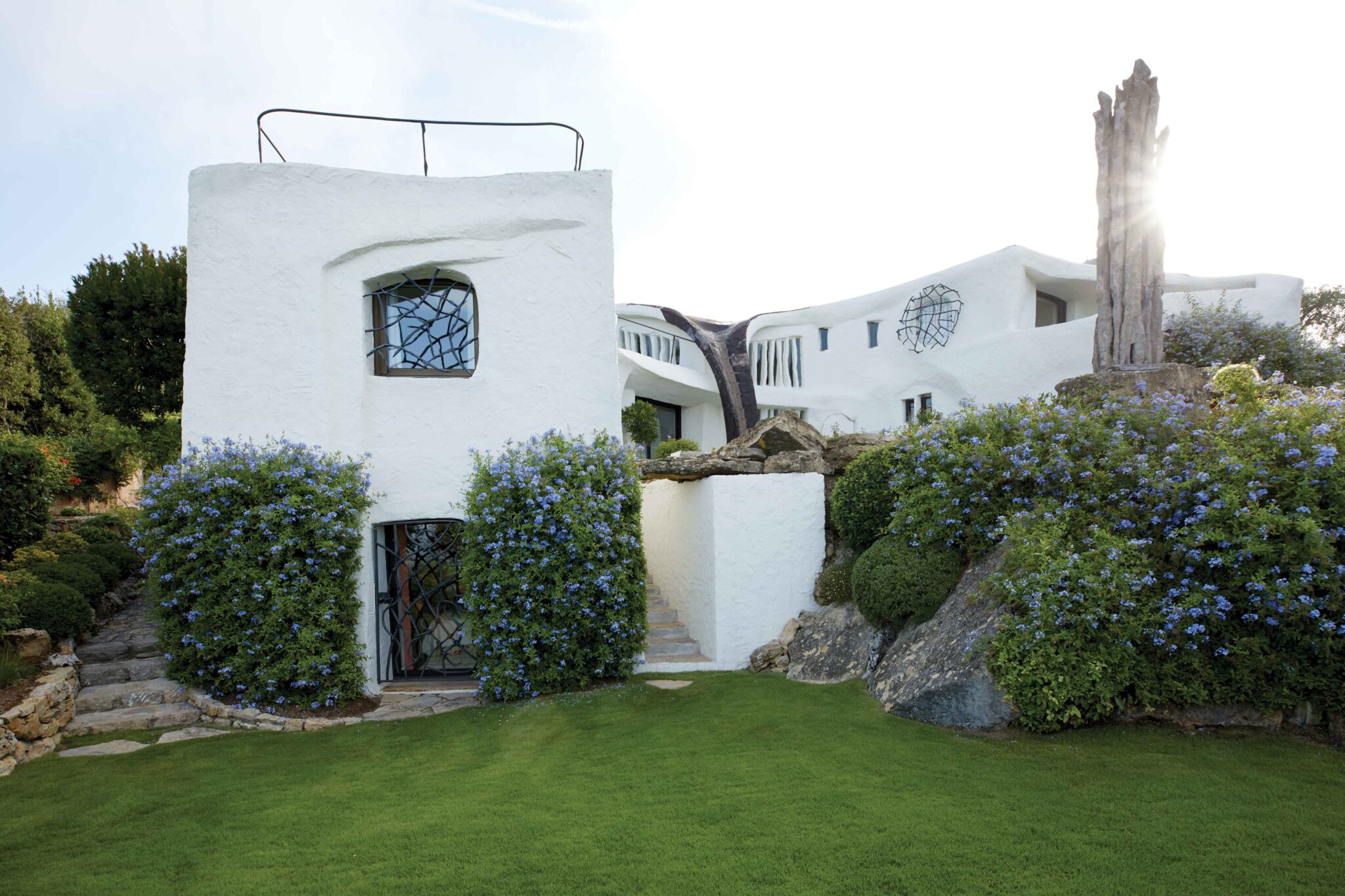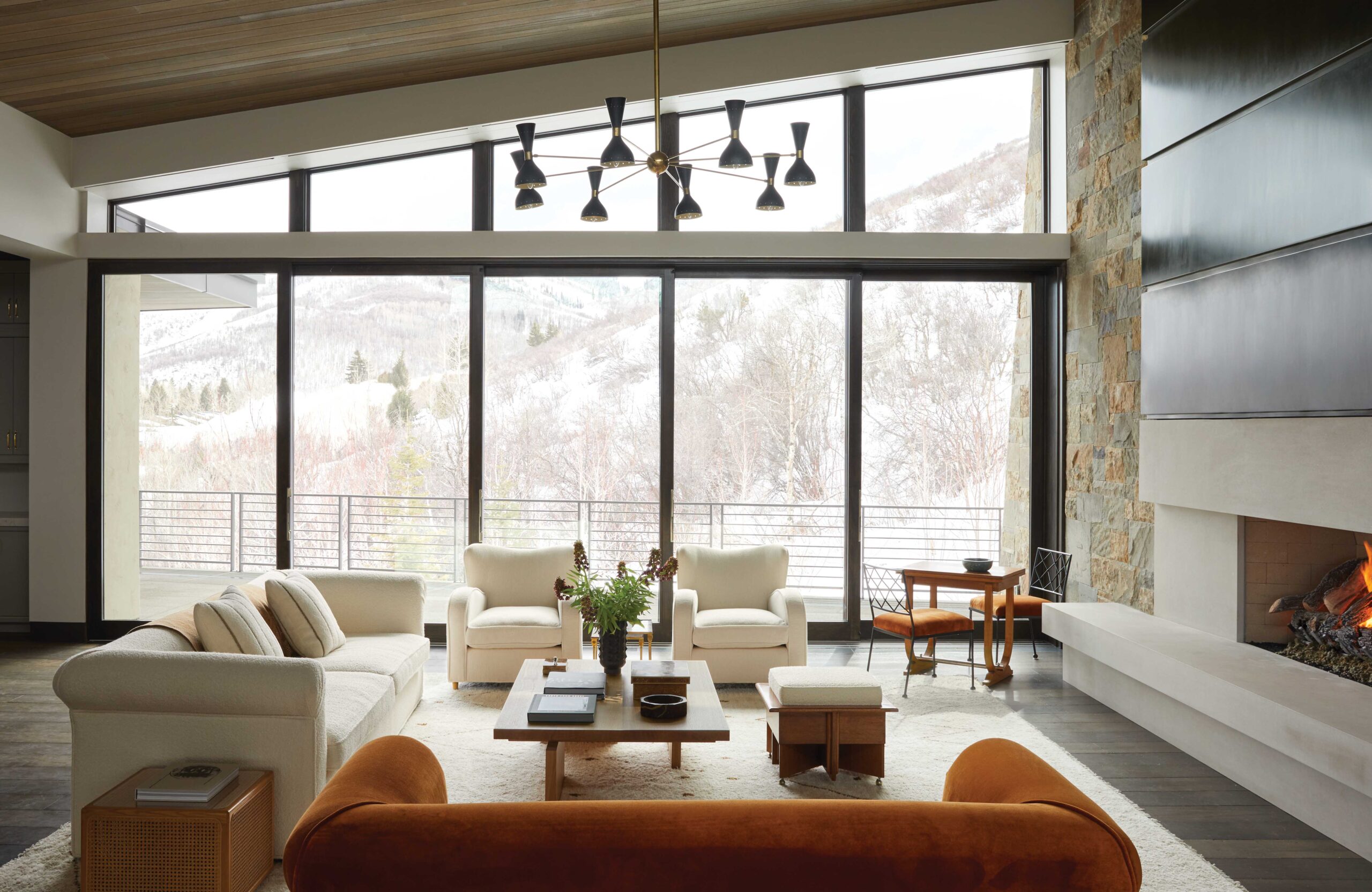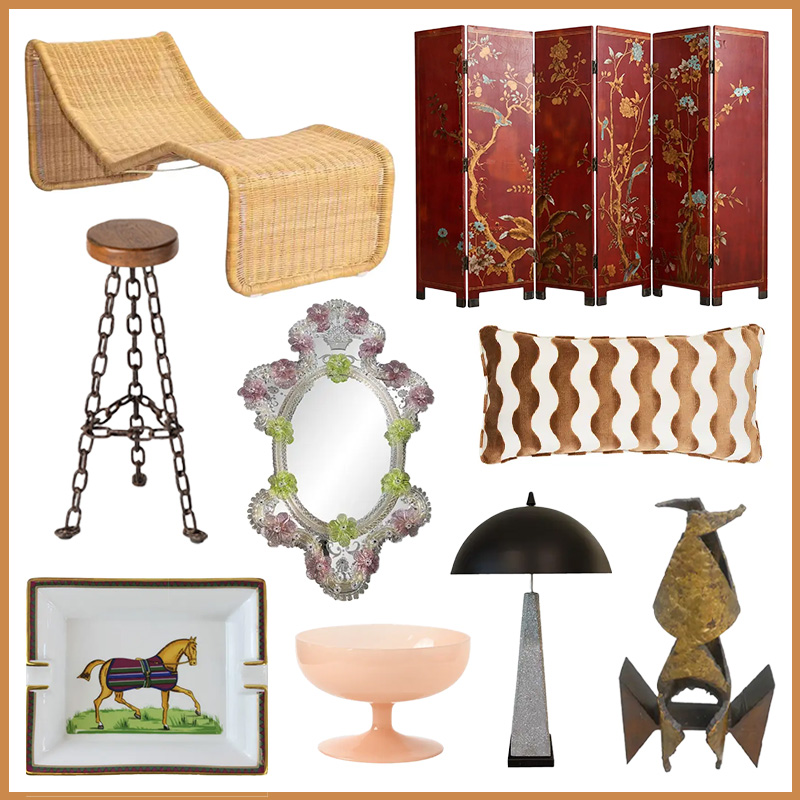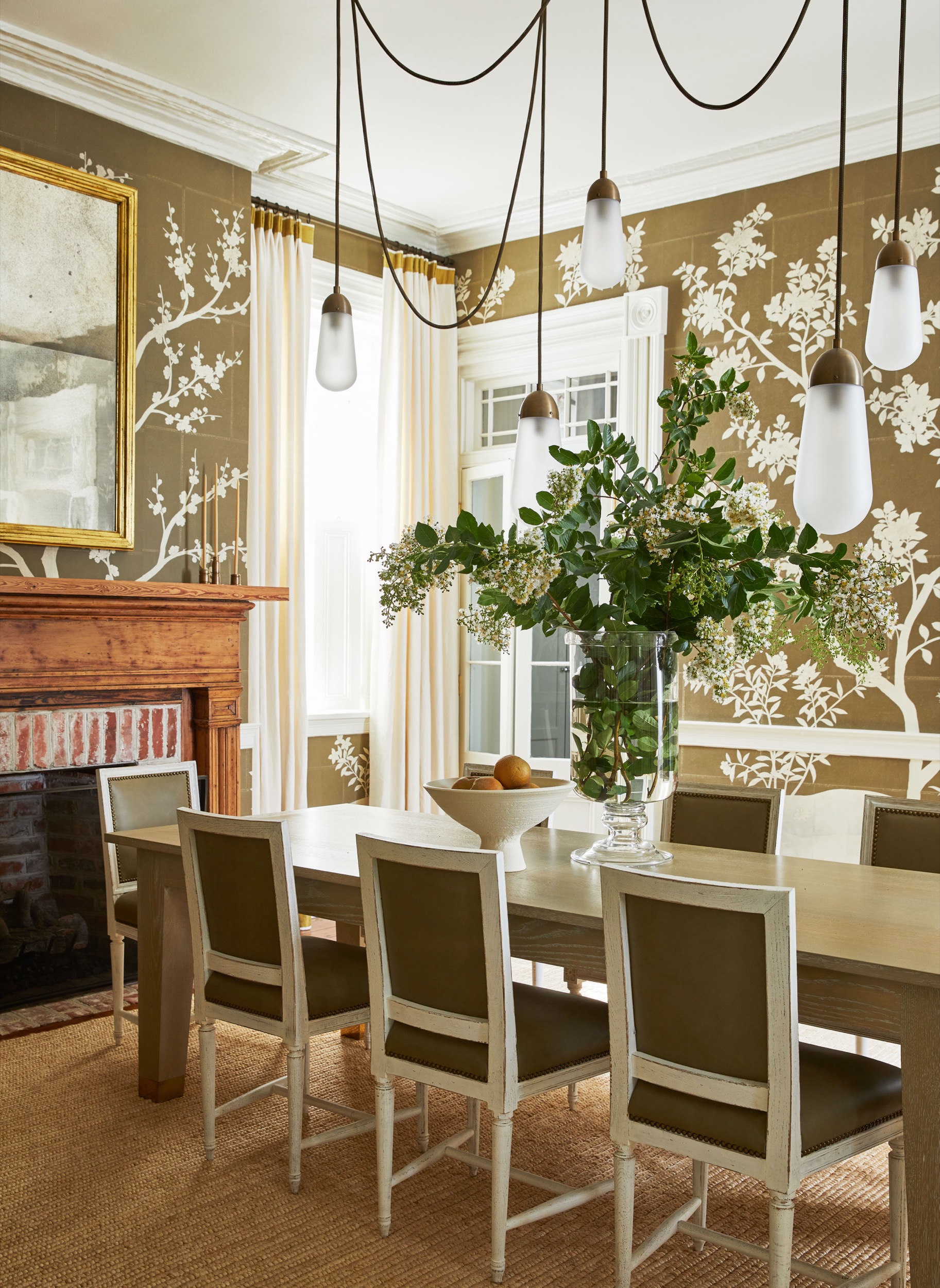How did a breathtaking, rule-breaking work of architectural history become one family’s longtime summer retreat? According to its chatelaine, through a case of coup de foudre.
In the late 1960s, a pair of art-collecting, cosmopolitan New Yorkers was vacationing on the Côte d’Azur. On a whim, they decided to go house hunting in the village of Castellaras, perched high on a hill between Grasse and Cannes. All of the residences in this exclusive community had been designed by Jacques Couëlle—a Marseilles-born antiquaire turned architect—to harmonize with their beguiling surroundings.
Within the larger community of Couëlle’s more typically Provençal-style homes sat “Les Troglodytes” (or “cave dwellers”), a collection of five houses—there had originally been plans for 50, but their daring design proved too far out for most buyers—one of which remained unsold. Carefully situated to maximize privacy and panoramic views, these billowing concrete structures blurred distinctions between roof and facade, indoor and out, encircling private patios, pools and gardens to merge with the landscape. Windows were protected by “stalactites” and “thorny brambles” fashioned from concrete and wrought iron, respectively, specially designed to enhance the play of light and shadow with the sun’s passage. Au courant artists, like the painter Gustave Singier, and the husband-and wife metalsmith team Sido and François Thévinin, adorned the interiors with original paintings, murals, floor tiles, sculpted doors, knobs and knockers. No two were alike.
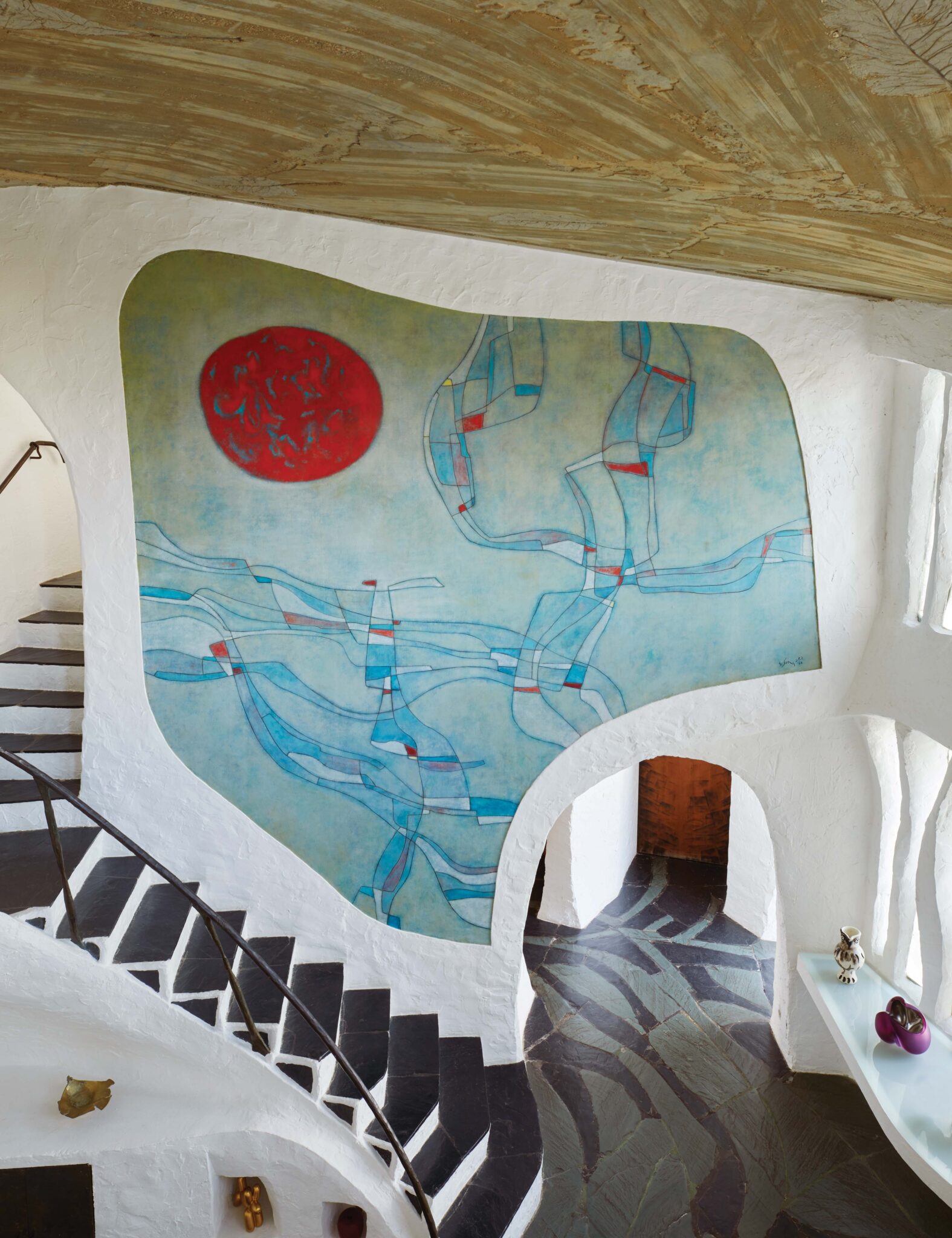
A fresco titled “Le Route de la Castellaras” is the centerpiece of the soaring living room. The slate floor continues the mural’s motif of “roads” leading through the region. Couëlle pressed leaves into the wet cement of the ceiling to create a pattern of organic impressions.
Francesco LagneseThe wife was entranced. As her daughter—now chatelaine of the storied house—recalls, she stood on the lawn of the roof terrace, gazed out on the valley and distant mountains, and said to her husband, “I’ve never asked you for anything. I’ve fallen in love. Buy me this house.”
He did, and the Sculpture House became theirs. Years later, their daughter (its current owner), her children (who dubbed it the “Flintstone House”), and grandchildren are similarly smitten. Remarkably, this sculpture for living is the only one of Les Troglodytes to have remained in the same family, and little about it has changed since the original owner, a gifted amateur decorator, collaborated with “her dear friend Jacques” on the finishing touches that made the house her own.

Much of the interior decoration has remained untouched since it was decorated by its original owners, who filled the main living space with a museum-worthy collection of 20th-century art: plates by Pablo Picasso, Diego Giacometti lamps, a Robert Courtright collage, and a white Alexander Calder mobile.
Francesco Lagnese-

There is nary a right angle in the house, its arched openings appearing to have been chiseled from the steel-and-sprayed-concrete walls.
Francesco Lagnese -

The original owner worked with Couëlle to design a custom console that cantilevers outward to become a dining table for six. Beneath the window, a rhinoceros after Albrecht Dürer is flanked by Picasso pitchers.
Francesco Lagnese
As a young man in the 1920s, Couëlle found success catering to the ultra-wealthy as a dealer in medieval antiquities. His knack for relic-sourcing prompted an American mining millionaire to charge him with finding the most enchanting spot in Provence, and there, to assemble a collection of medieval architectural elements into a Romanesque-style castle. Couëlle chose a knoll in Castellaras and delivered a palatial pile that radiated antiquity, but possessed every modern comfort. Other chateaux projects soon followed.
In addition to being a medievalist, Couëlle was fascinated by the natural world. Much like another architectural iconoclast, Antoni Gaudí, he believed the merging of these interests pointed to a new kind of building that was biophilic in inspiration and largely hand-crafted. When impending war paused commissions, Couëlle established the Natural Structures Research Center in Paris, where he explored new methods for rapid-building construction, specifically spraying concrete on mesh frames, a technique later employed to fabricate Les Troglodytes.

The primary bedroom is awash in greens. A Jean René Bazaine painting hangs by the window.
Francesco Lagnese-

A series of Jean Dubuffet engravings hangs above an antique prayer bench in the entry hall.
Francesco Lagnese -

In a guest room, the ochre tones of a wall sculpture inspired by Picasso’s Dove of Peace are mirrored in curtains and pillows (in Lisbeth Embroidery by Schumacher).
Francesco Lagnese
“My houses are living beings,” he said of his designs in a 1970 interview. “They are built like madreporic sponges.” Or snail shells, he said, since the rooms were concentrically arranged around a patio affording the most captivating views. The dual stairways that animated the main living spaces were specially designed to evoke the dug paths found in anthills.
The buyers of the Sculpture House, who loved to cook and entertain, had only one major issue with its design: the kitchen was too small. Couëlle obliged by moving a wall, which also enabled the space to accommodate a round table for casual meals. For hosting dinner parties, he placed a large ledge underneath the living room’s main window that cleverly swings out to become a table for six.
-

Niches in the living room display more art, including a Robert Courtright sculpture (top).
Francesco Lagnese -

On a terrace, a rainbow-hued mosaic of irregular tiles is its own work of art.
Francesco Lagnese -

Fruit sculptures decorate a fireplace in the guesthouse.
Francesco Lagnese -

A terrace offers sweeping views of the landscape beyond.
Francesco Lagnese -

Each door is a work of art, with no two alike.
Francesco Lagnese -

One of several stone mosaics.
Francesco Lagnese
Since life in the summer was largely lived outside, the house required only the minimum of furniture. The wife asked Couëlle for a built-in curved sofa, designed as a conversation pit around the fireplace, and above which she hung a white Calder mobile. Instead of nightstands in the bedrooms, she requested that plaster niches and shelves be inserted into the walls. As for the remaining furnishings, she selected a few simple French country antiques, and commissioned Diego Giacometti— whom the daughter notes “wasn’t famous back then”— to fashion a wrought-iron coffee table and a pair of standing lamps. For decoration, she hung a collection of Jean Dubuffet engravings on a corner wall, displayed Vallauris ceramics by Picasso on shelves, and scattered works by local artists about the house.
What did the master make of the house’s completed decor? “Whatever my mother did,” the daughter says, “his response was always, ‘Vous avez compris Couëlle!’” Translation: “You have understood Couëlle!”
-

A tile installation on the house’s facade acts as both sculpture and water feature, funneling rainwater from the roof to the patio fountain below.
Francesco Lagnese -

Each of the five “Troglodytes” has its own free-form swimming pool overlooking the Bay of Cannes.
Francesco Lagnese

Spiky tropical plants flank the lush grass.
Francesco LagneseTHIS ARTICLE ORIGINALLY APPEARED IN VOLUME 11 OF FREDERIC MAGAZINE. CLICK HERE TO SUBSCRIBE!
